Before the explosion of cable and all-sports networks, it was customary for major sporting events to be seen on a specific television network. The Olympics were the vehicle in which ABC-Sports, under the guidance of Roone Arledge, rebranded a previously floundering network. For NBC, the broadcast of Major League Baseball and Wimbledon were constants. CBS was home to the National Football League and for golf coverage—the showcase each spring with The Masters.
Today the hurly burly of major sporting events changing networks is a common feature. The rise of the Fox Network meant another competitor on the landscape. Last year Fox and the United States Golf Association (USGA) announced a partnership starting in 2015—12 years and a ballpark sum of $100 million. NBC-Sports which has televised USGA Championships since 1995—most notably the Men’s Open—got the boot. Prior to NBC’s involvement the USGA had long been with ABC-Sports.
Since 1956—with only six cameras and four holes covered in the inaugural event—CBS has served as the USA broadcasting partner for The Masters. The range of cameras and the manner in which the event is now covered has expanded immensely since that time.
Very shrewdly, the club insisted upon one-year contracts, effectively keeping CBS on a tight leash—more on that in a moment. Although the event was the brainstorm of legendary golf icon Bobby Jones, it was Clifford Roberts—the major domo for the event—who cultivated the growth and made it plain to brass at CBS how the event would need to be covered thereby showcasing Augusta National for maximum advantage.
Roberts used his relationship with two of the more prominent press people of the day—Grantland Rice and O.B. Keeler—men who were enthusiasts of Jones during the zenith of his playing days—to build even further relationships with other key sports media—many coaxed originally to come to Augusta on their return from baseball spring trainings in Florida.
From its early association Augusta National insisted that coverage for The Masters was paramount—commercial time would be handled by only two agreed upon sponsors so as not to have the club associated with products of a lesser quality. Dog food, pizza delivery like Dominos or Go Daddy would never be associated with The Masters. For many years Cadillac and Traveler’s Insurance were the only two outlets for outside promotion. And, the club insisted commercials would not exceed four minutes per hour.
No other golf event—then or now—commands such continual golf coverage. The reach of The Masters now has only three primary commercial sponsors—Mercedes-Benz, AT&T and IBM. All blue chip—all corporate—all working hand and glove with the club.
Industry analysts have long said Augusta could make even more money for exchange of a longer term television deal but control remains the uppermost non-negotiable priority.
In addition to the minimization of commercials—CBS could not mention the first prize amount or the total amount of money for the purse—there would be no discussion of Augusta National members or how one becomes one. Amazingly, how a club could maintain a white male-only membership for many years until 1975 when Lee Elder broke the color barrier was also a taboo topic. With the ubiquitous reach of color-TV’s throughout America in the 1960’s the showcasing of the course, in all its spring time glory, became even more pronounced.
What was said on-air was no less important to the club—in 1966 famed broadcaster Jack Whitaker—was banned for highlighting a crowd of people as a “mob” instead of the much preferred “patrons” designation. Years later in 1994 the same edict was sentenced to the irreverent analyst Gary McCord who whimsically said the 17th hole was “bikini waxed,” and golf balls going over the same green would likely be in “body bags.” McCord became persona non grata and has not returned since. In 2003, protests led by Martha Burke concerning the lack of female members at Augusta National took place and much of the media world—golf-wise and beyond—paid attention. If you were waiting for CBS to discuss the topic during the telecast you would still be waiting. CBS is there to wax poetic about the club and its traditions—the real journalism role would be left to others.
Additionally, there is no sponsored graphics—no on-course announcers and no blimp providing aerial coverage. Although Augusta National and CBS have both denied that the club retains a censorship role it would be hard to imagine that the exits for Whitaker and McCord were just happenstances and that the Burke embargo was because there was no time in the telecast to mention what was happening just outside the gates of the course.
No matter the internal controls applied, the missing link for Augusta National was having a delivery vehicle capable in taking golf beyond the stodgy blue-blood lines that dogged the game for so many years. On cue, a chiseled figure from western Pennsylvania emerged. Arnold Palmer took golf to the masses and The Masters hooked its ascension to the Palmer whirlwind with “The King” winning no less than four times between 1958 and 1964. Palmer built “Arnie’s Army” during The Masters—originally courtesy of troops at nearby Fort Gordon on hand for the event—and the interplay between blue bloods in concert with common folk took golf from a game of the few to one for the masses. Television wedded golf, The Masters and Palmer into an overpowering juggernaut. On the heels of Palmer came the long time dominance of Jack Nicklaus—fast forward to the era of Tiger Woods.
CBS long realized continuous association with The Masters provided a major prestige point leaving other networks in a state of envy. Augusta National may someday opt for another television partner but from all accounts the relationship has proven to be like a well-worn slipper.
Credit Roberts for having the foresight in understanding how to shape a message and build a visual that dominates the landscape. Augusta National is the only major played at the same course each year and the monopoly has allowed the club to attain near mythical status. Golfers can play Pebble Beach and enjoy it but they yearn for Augusta—even if only to walk the course. CBS became the means for The Masters to be viewed as the most sought after golf title—even though The Open and US Open Championships are much older and aligned to the two largest golf associations in the world. The awarding of the green jacket says more simply and elegantly than any metallic trophy.
Roberts, and the long-time late CBS Golf Executive Producer Frank Chirkinian worked their respective magic in upping the aura to heights unimagined. No Masters is ever over until CBS officially carries the jacket ceremony that follows the conclusion of play at Butler Cabin.
What started in 1934 as a small-time gentleman’s invitational at the behest of Bobby Jones has skillfully morphed into one of the grandest global sporting events in the world today. No doubt top tier golf and grand champions did plenty but the packaging and zealot pursuit of controlling the manner and shape of what is seen and heard has been nothing short of a masterpiece. Madison Avenue eat your heart out.
M. James Ward, a member of Golf Writer’s Association of America (GWAA) and past member of Met Golf Writer’s Association (MGWA), has reported on golf’s grandest events since 1980 in a variety of forums.
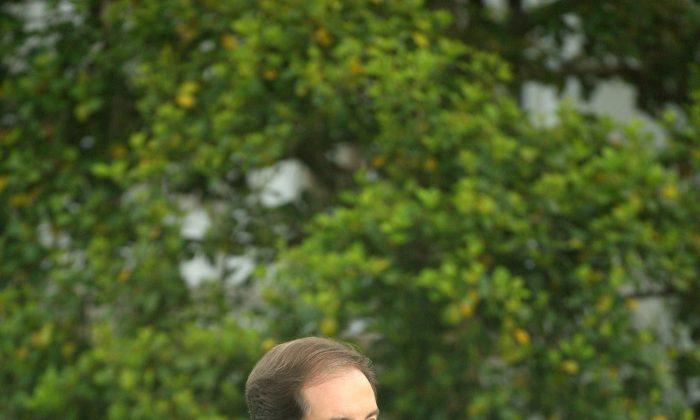
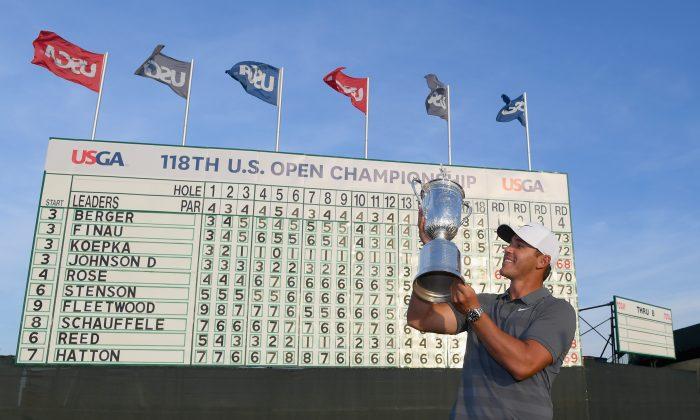
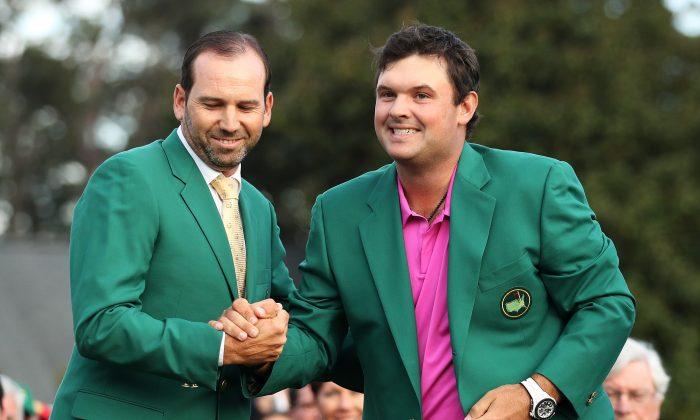
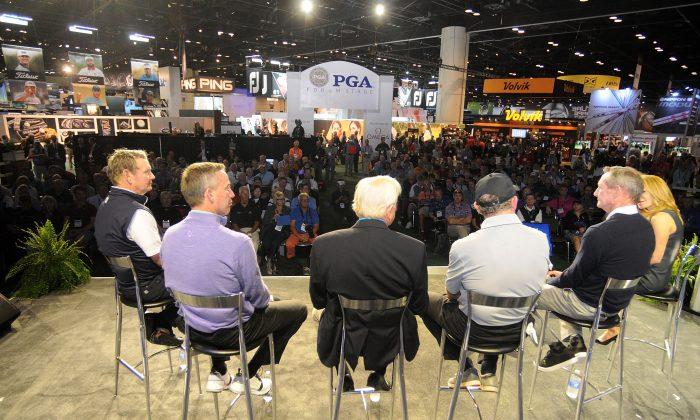
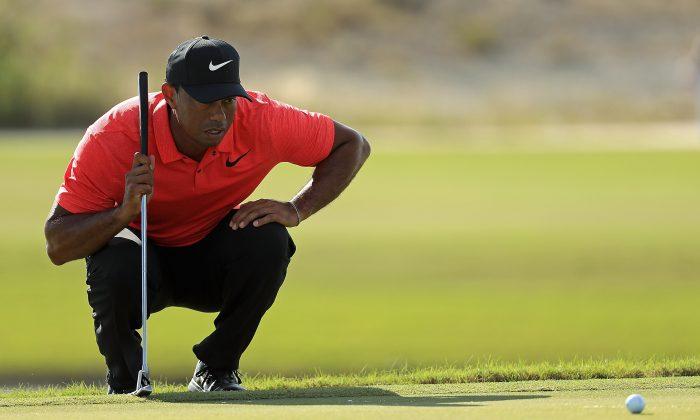
Friends Read Free